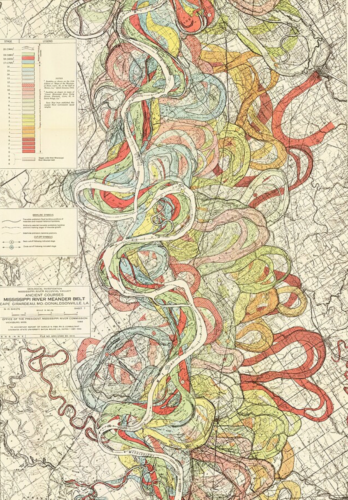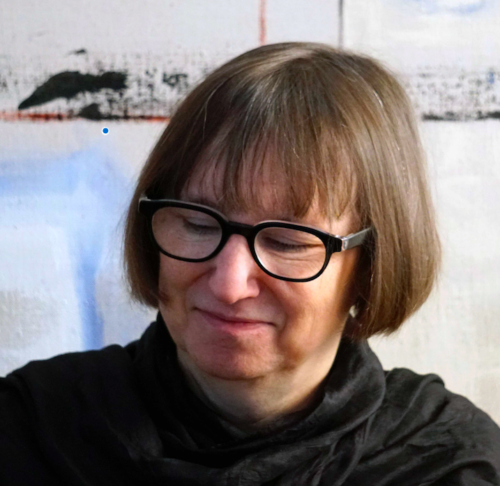“Having Broken, Are” is the title poem of a new book of mine, written in the days when both the pandemic and the Black Lives Matter protests were at their peak and I was attempting to find some words for our state of dread and grief, which also, surprisingly, had moments of exhilaration as well. Later, when I thought of using this title for the entire book, I feared it might be too cryptic and austere. But when I saw it reproduced in large type on a proposed design for the cover, I began to see that it was actually a poem in and of itself:
Having
Broken,
ARE
The space between the words “Broken” and “ARE” now seemed to be the space I had been inhabiting as a poet for a long time, in which melting glaciers, fires, floods and resulting social dislocations were occurring side by side, as always, with daily life. As much as this place of being, of our communal ARE, was filled with grief, I also felt that it could be, and in fact needed to be, one of beauty and connection too.
I live in New York City and also down a dirt road in the country, and that dual existence is part of the “reality” of both the title poem and the poem sequences that make up most of this book. I put “reality” in quotation marks because all poems, I believe, are attempts to channel what Sun RA (who is also an interlocutor in this book) calls the “impossible possible,” which is both a reality and not. Seeking possible words for impossible possibilities I take as one of poetry’s tasks. And this poem and book of poems represent another attempt and another failure at that.
Just before the pandemic hit, I was working on an essay-poem I was going to read at the upcoming New Orleans Poetry Festival, which eventually also made it into this book. I was thinking about what it means to talk about the environmental within the urban, and specifically what it means to do so in an important center of American culture that has been the site of much environmental injustice as well. I had come upon some very beautiful historical maps of the Mississippi River, created by Harold Fisk in 1944, each one showing a section of the river and its meanders, or changes in course, over thousands of years. I began to think that the concept of meander might point toward a poetics not only suitable to this particular place, but generally to the place between “brokenness” and “are,” where we all more or less live.
A meander. An apparently aimless walk. A subsidiary path that wanders off the primary one. A new turn or winding of a river or stream, which retains, however, traces of previous flows or channels.
Thus might a poem diverge from an intended direction or general flow, to test out one or more alternative directions, or, as I tried to articulate it in my essay-poem, become an experiment:
. . . that might be useful
especially in the current flow of events
of which I am trying to trace the meanders
yes, like a river, which, like a poem,
is both material embodiment
and energetics of connection
a means by which to discover
an effective affective position
having to feel our way forward
and test the conditions
of a new meander
that might even lead
to a change in course
The poetry festival was cancelled, then re-instated as a zoom event a few months later. Now, in 2024, it’s about to be held in person for the second time since then. I would have liked to attend this congenial gathering, but a number of things precluded that and instead I am preparing for Spring in the country where my partner and I have become cultivators of a native meadow. As anyone who has attempted such a thing knows, it’s a project that progresses with many deviations from what you originally thought would be the path forward, requiring adaptation and experimentation all along the way. After three years of looking like it might be a dismal failure, in the fourth a dense field of multi-species flowering emerged. And while it has been gratifying to see it full of insects and bees, we have been too late, I fear, to help the butterflies, which seem to have almost entirely disappeared.
Books for further reading:
On the Nature of Things by Lucretius
What Is Extinction?: A Natural and Cultural History of Last Animals by Joshua Schuster
Selfie: Poetry, Social Change & Ecological Connection by James Sherry
Plants and Empire: Colonial Bioprospecting in the Atlantic World by Londa Schiebinger




